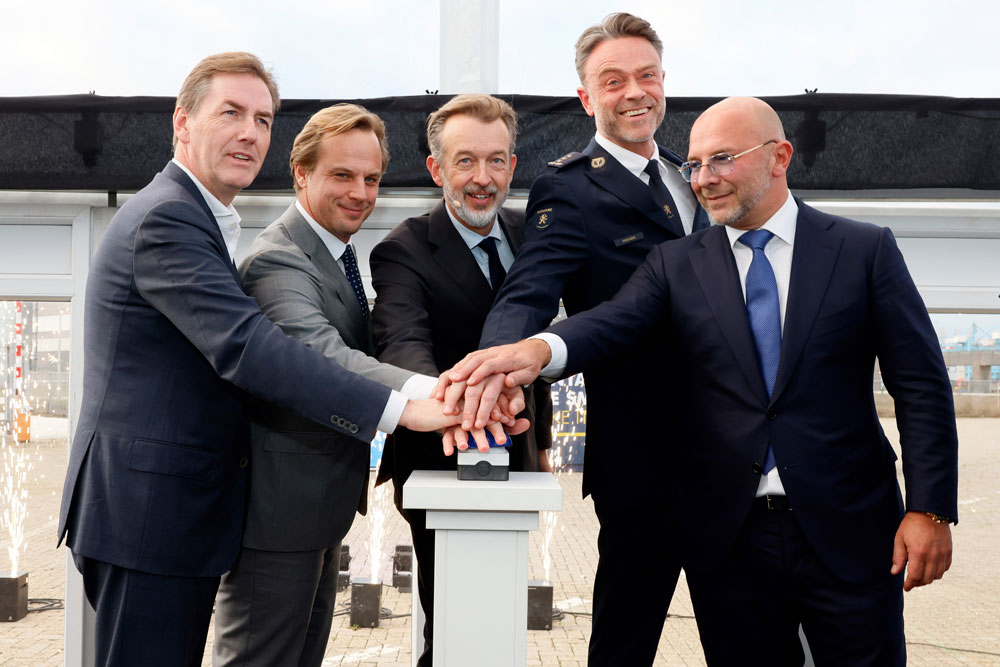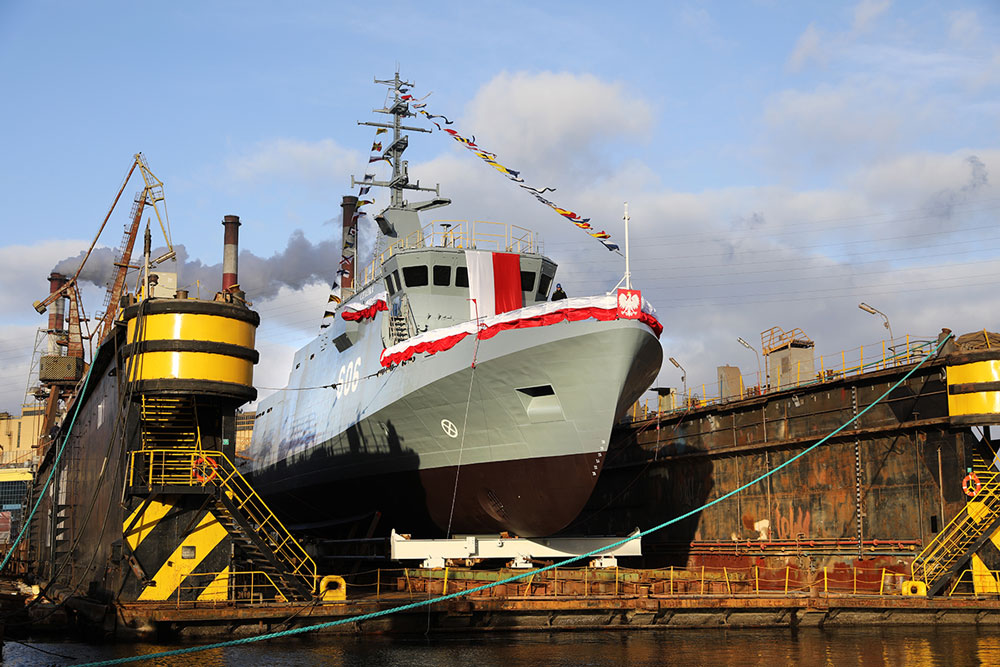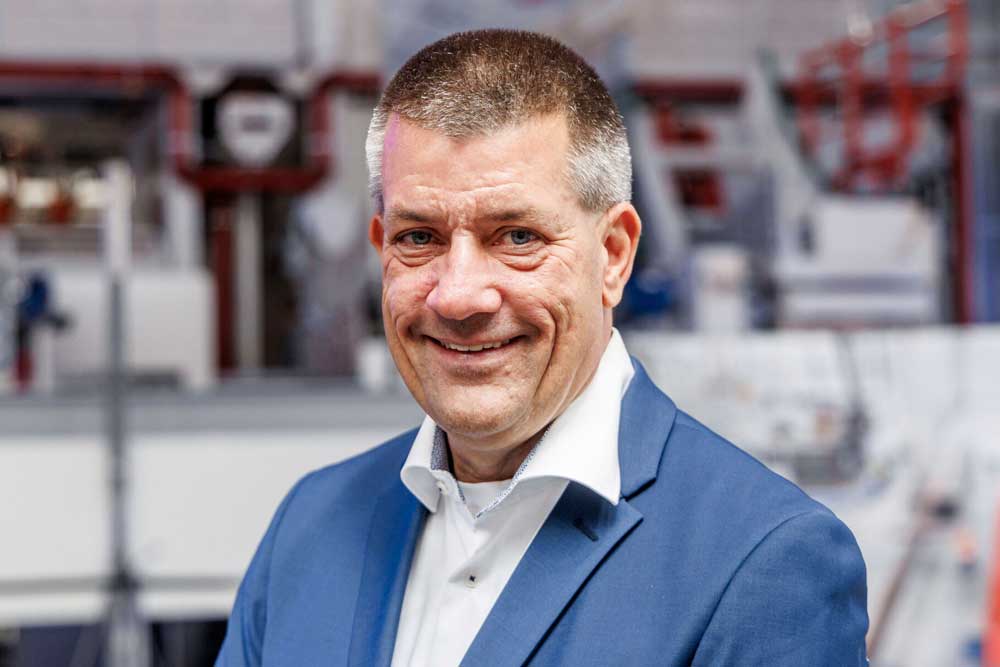The Container Exchange Route (CER) has officially gone into operation in Rotterdam. The 17 km long route connects various container terminals.
After a long preparation phase, CER on the Maasvlakte officially went into operation this week. The closed road network connects the container terminals of Rotterdam World Gateway (RWG), the Delta terminal of Hutchison Ports ECT Rotterdam (ECT), the terminals and depots of QTerminals Kramer Rotterdam (KDD, RCT and DCS) and the central contact point of the control authorities.
The affiliated companies use the CER via various transport companies, which enable different forms of transport such as Multi Trailer Systems (MTS), Terminal Tractors with Chassis (TT) and normal trucks.
Port of Rotterdam wants to further expand container hub
“I am delighted that the Container Exchange Route is now being put into operation. The Port of Rotterdam Authority wants to further strengthen the port of Rotterdam’s position as a container hub. However, this is only possible if the increasing volume of containers is handled in a safe, efficient and sustainable manner. The exchange of containers via the CER makes an important contribution to this. The cooperation between the affiliated companies is not only unique for the port of Rotterdam itself, but worldwide,” said Boudewijn Siemons, CEO a.i. & COO Port of Rotterdam Authority.
CER promotes exchange
The route consists of approximately 17 km of asphalt, three at-grade road crossings, five level crossings and various installations such as lighting, cables and pipes, traffic signals and barriers.
With the CER, the Port Authority, together with the associated companies and carriers, is introducing a unique system that is unprecedented on this scale in ports worldwide. The collaboration requires the parties to exchange information and cooperate in the interests of the port of Rotterdam.
Not open to the public
The CER road network forms a “closed” transport route that is not accessible to the public. Only transport companies with a customs permit as an Authorized Economic Operator (AEO) may transport containers from one location to another on this route.
CER thus fully complies with the requirements of customs to take additional measures in the port to combat drug trafficking and hazards. In principle, transportation between the terminals and the control authorities’ central point of contact is handled entirely by CER, so that this transport cycle takes place in a controlled, closed environment. Only in rare exceptional cases are these containers allowed to pass through public roads. The CER route therefore not only contributes to better accessibility, but also to strengthening the security and integrity of the logistics chain.
As soon as the first parties start using the CER, volumes will gradually increase, according to the port authority. More connections of terminals, depots and distribution centers are expected in the near future. The Port of Rotterdam Authority aims to connect as many container companies as possible to the CER, provided the possibility of a physical connection exists, it says.















